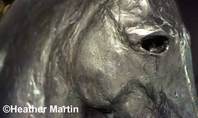
However, sometimes something unexpected catches your eye and captures your imagination. What really caught my eye was a statue of a horse standing close to the entrance of the Museum itself.
Horses can be skittish, but also have grace, power and fluidity. Although very stationary, the statue presented a horse in a very expressive way. For me, much of the emotion was in the eyes and face.
I found the artist really captured the essence of the horse, and the eyes were the window to its soul. This is not something easily captured. Buildings can be the external expression of ideas and personality, but there is something about the eyes of an animal or a human which gives insight to the soul.
Eyes tell a lot about the state of someone. They can become dead when someone has become cut off and dead to his or her soul. However, they can dance with emotion when someone is fully alive.
The horse’s eyes drew me in; it was hard to look away. For me, the horse was in the thick of action, carrying on with some trepidation. You were hoping it would get through and to safety.
I am sure horse’s face and eyes spoke different stories to different people; art has a wonderful way of doing this, particularly good art. What I enjoyed was the emotion in the heart of the financial district where bold and grand architecture reigns supreme.
I was also taken by how monochrome the images were. The photos were taken on colour film, but the effect worked well. The monochrome texture with a hint of colour served to draw out the emotions of the horse rather than distract the viewer.
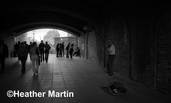
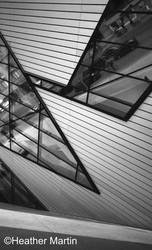
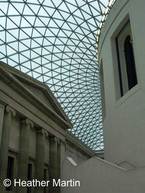
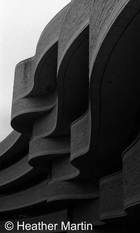
 RSS Feed
RSS Feed
